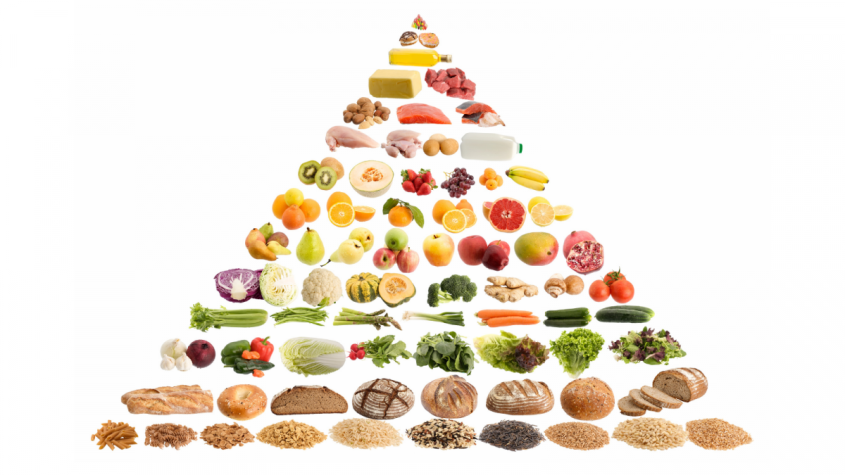
The Paper of the Month for February is from the Journal of Nutritional Science and is entitled ‘Log-ratio transformations for dietary compositions: numerical and conceptual questions' by Maria Léa Corrêa Leite.
The last 20 years have seen the development of various numerical means of analysing compositional data based on log-ratio transformations. These have their roots in the seminal work of John Aitchison in the 1980s, primarily applied to the geological field. However unlikely it may seem, the chemical composition of rocks and the caloric composition of diets share the intrinsically relative nature of the information conveyed by their component parts. All compositions represent parts of a whole and their relationships, and the key principle underlying log-ratio analysis is that any meaningful information concerning a composition should be expressed in terms of ratios between its parts.
Nutritional analysts use the popular method of isocaloric substitution with the aim of evaluating the health impact of replacing the intake of one nutrient with another, but their conclusions may be undermined by an insidious illusion because an increase in the intake of one nutrient at the expense of another necessarily alters the relationships of the entire composition even if the absolute amounts of the other nutrients remain the same. It therefore seems to be more appropriate to use a method that allows the assessment (and control) of variations in the proportional relationships between nutrients, which are also more informative physiologically. Furthermore, working with ratios rather than the differences implicit in substitution approaches is a key means of overcoming the challenge of distinguishing the absolute effect of total energy from the relative effect of the individual macronutrients.
Nutritional scientists seem to be quite familiar with the concepts that dietary data are compositional by their very nature and that statistical analyses based on absolute variations in a single nutrient are meaningless, so why do they continue to ignore the methods of compositional data analysis? It is possible that they have been discouraged by the mathematical complexity of specialised texts but, fortunately, recent developments in log-ratio methodologies have simplified their use and made it easier to interpret their results. The paper describes the different formulations of log-ratios that can be flexibly used to transform dietary data into log-ratios, and discusses the interpretative implications of using them as explanatory variables in regression equations. It is also worth underlining the fact that, once dietary data are transformed into log-ratios, they can be analysed using standard statistical methods.
Log-ratio approaches allow all of the available dietary data to be included in a single analysis and treated as the complex composite information they represent. I hope that the paper will draw the attention of nutritional researchers conscious of the compositional nature of dietary data to the availability of some simple means of applying compositional data analysis.
